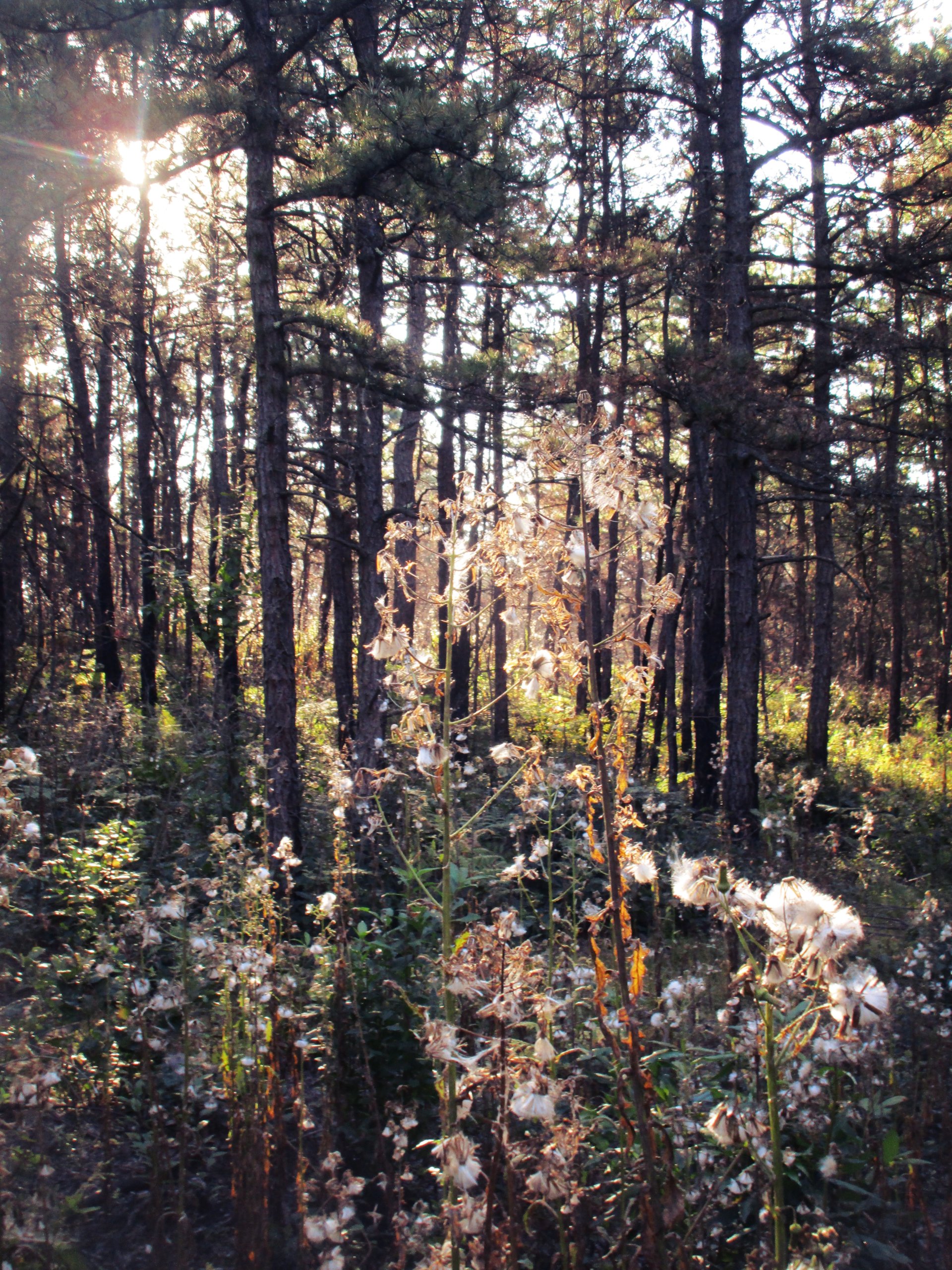ALBANY — Tucked in among suburban sprawl at the border of Albany, Colonie and Guilderland, 3,000 acres of pine barrens are becoming a kind of avian rest stop for an increasing number of birds that need a very special kind of landscape — one that’s disappearing elsewhere in New York.
The Albany Pine Bush Preserve is an emerging example of a so-called “shrubland” that certain bird species need to breed and thrive, said Neil Gifford, the preserve’s conservation director.
Dominated by stunted trees and low bushes, it also provides a layover in autumn for migratory birds moving through to wintering grounds. “The preserve is functioning as a kind of stop-and-shop for these birds, offering food and cover,” said Gifford.
Since 2007, more than 1,000 birds at the preserve have been captured and banded for study. “We have found there are more than 70 species here so far,” he said. “Each year, we find about a dozen new species. The longer we do this, the more species we are finding.”
Gifford has been part of bird studies conducted under the auspices of the New York State Museum, and just last month gained his own master bird banding license from the U.S. Geological Survey. That license allows Gifford to run his own studies on how birds are living, breeding and migrating in the preserve.
He hopes to launch studies that look at how bird species may be changing in the preserve due to ongoing climate change.
The attractiveness of the Pine Bush to a thriving bird population shows preserve officials are on solid scientific footing in a two-decade-old program to restore pine barren habitat to its native shrubland, Gifford said.
This restoration is done through cutting and controlled fires to remove invasive species like black cherry trees and aspens, two trees whose growth can squeeze out pitch pines and other Pine Bush plants. For much of the area’s history since its creation during the last Ice Age, fire came naturally from lighting strikes that burned back vegetation.
Now, fires are set routinely by wildlife experts to fill that need, which allows scrub oaks and pitch pines to dominate the shrubby, sandy terrain. Several hundred acres have been restored in this fashion so far.
One of the birds that has been studied, the small, gray-and-yellow prairie warbler, returns to the Pine Bush each summer to breed. That return rate is running at about 60 percent, which shows “our management efforts are bearing fruit,” Gifford said.
Shrubland is being lost elsewhere across the state in several ways. There is less land being farmed, so some abandoned fields that reverted to shrubland are changing slowly back into forest. Other farms are being turned into residential subdivisions. Logging also has been on the decline, leaving fewer clearings that transition into temporary shrubland for as long as a decade or more.
Having such habitat available can make the difference between life and death for migrating birds. A study of captured birds that used measurements of hydrogen isotopes in tail feathers showed that birds were using the Pine Bush in migrations from home ranges as distant as Alaska and the Canadian Yukon to eastern Brazil.
Gifford will discuss this study at a free presentation 7 p.m. Dec. 4 at the preserve’s Discovery Center on New Karner Road.
“This Pine Bush area is really unique. It is a habitat not found in a lot of places, and it requires a lot of management using a technique that not all communities want to use: fire,” said Jillian Liner, director of bird conservation for Audubon New York.
The Pine Bush grows more critical as the amount of shrubland continues a decline that started in the 1970s, she said: “It is very commendable that the research done by Neil has shed light on how important the Pine Bush is for shrubland birds.”
Jeremy Kirchman, curator of birds for the State Museum, said research done in collaboration with Gifford also has shown the Pine Bush is also an important rest stop for migratory birds.
“These birds aren’t the geese that you see flying south in the big Vs,” he said. “These are songbirds, nocturnal migrants that fly at night.”
“These birds are following the Hudson River valley on their way down,” he said. “When they fly over the Capital Region, they are faced with a lot of concrete. The Pine Bush is this sea of green.”
Such birds land, forage for food and linger only for a day or two before continuing their journeys south. “Our research has shown that the Pine Bush is an important, quality stopover for migratory birds,” Kirchman said.
Published in December, 2012 Save the Pine Bush Newsletter
